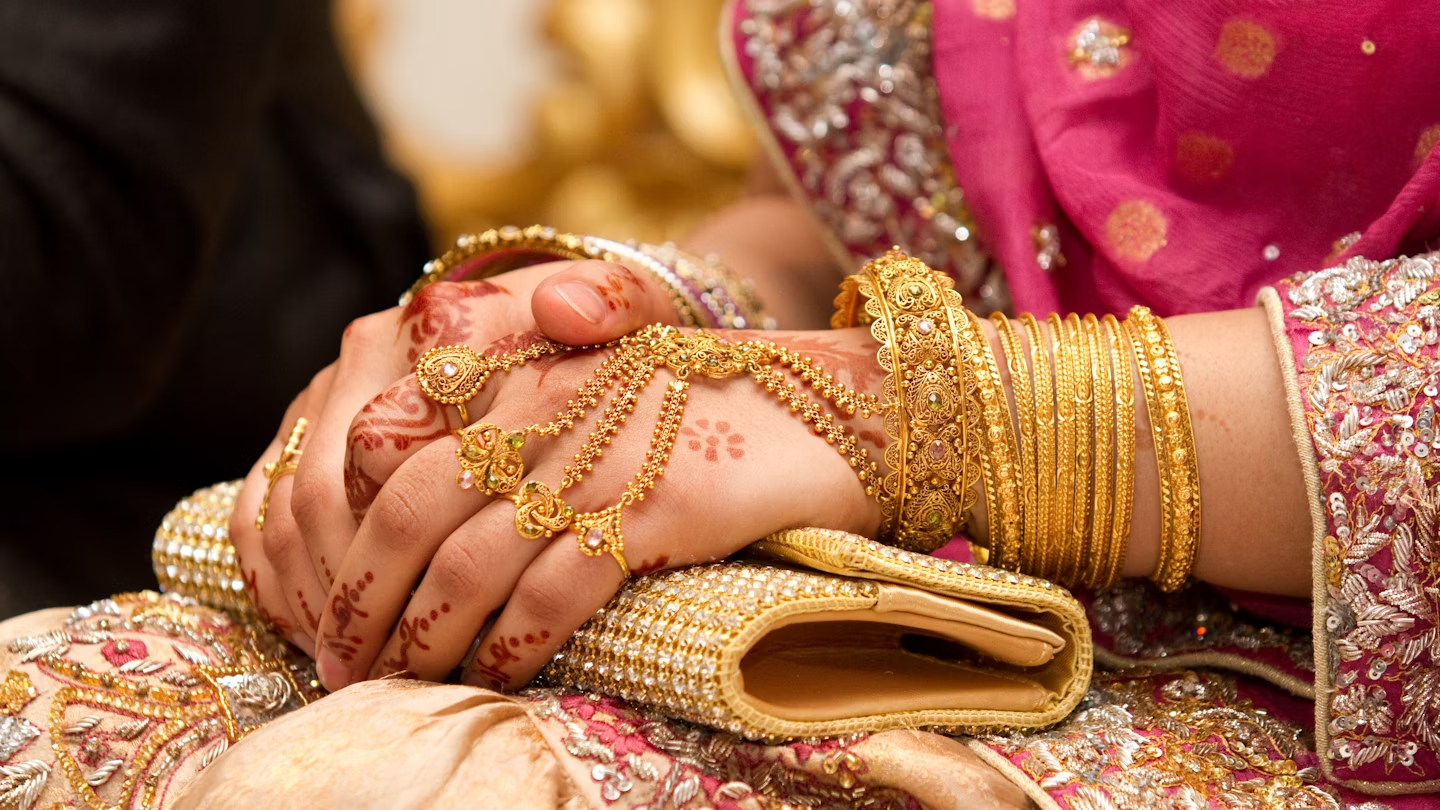Jewelry Rituals from Around the World

Jewelry Rituals from Around the World: How Cultures Celebrate with Sparkle Jewelry is more than just adornment. In every corner of the world, it carries stories, traditions, beliefs — and sometimes, even magic. From sacred ceremonies to rites of passage, cultures have long used jewelry not just to decorate but to define life’s most meaningful moments.
Let’s take a glittering journey around the globe to discover some of the most fascinating jewelry rituals from different cultures — and how they continue to inspire the way we wear, gift, and cherish jewelry today.
🇮🇳 India: The Sacred Seven of a Bride
In India, jewelry isn’t just about beauty — it’s tradition, protection, and symbolism rolled into gold and gemstones. Indian brides typically wear “Solah Shringar” (16 adornments), with jewelry making up a major part — from mangalsutra (sacred wedding necklace) to nath (nose ring), maang tikka (forehead jewelry), and payal (anklets). Each piece isn’t just decorative; it holds spiritual and cultural significance, believed to bring prosperity and safeguard the marriage.
🇪🇬 Egypt: Jewelry Fit for the Afterlife
Ancient Egyptians believed jewelry wasn’t just for this life — it was also for the next. Pharaohs and nobles were buried with lavish pieces, often featuring scarabs, ankhs, and eye-of-Horus motifs made in gold and lapis lazuli. These weren’t just symbols of status, but protective charms to guide them through the afterlife.
🇮🇹 Italy: Cornicello for Good Luck
In Italian culture, it’s common to see people wearing a tiny red horn-shaped pendant called the Cornicello. This quirky little charm is believed to ward off the “malocchio” or evil eye. Often gifted to newborns or loved ones, it’s a small but powerful tradition that shows how jewelry and superstition go hand-in-hand — quite literally.
🇨🇳 China: Jade for Life & Luck
In China, jade is more than a stone — it’s a symbol of virtue, purity, and protection. One common ritual involves gifting a jade bangle to young girls, worn continuously as a charm for health and safety. Cracked jade? It’s said the stone absorbed misfortune to protect its wearer. Now that’s some serious good energy.
🇲🇦 Morocco: Jewelry as Identity
In Amazigh (Berber) culture, jewelry is a bold statement of identity, tribe, and social status. Pieces are often large, silver, and intricately engraved, passed down through generations. During weddings and festivals, women wear heirloom jewelry as both pride and protection — blending heritage with artistry in the most striking way.
🇯🇵 Japan: Kanzashi & Subtle Symbolism
Geishas once wore different kanzashi depending on the season or occasion. Some designs, like plum blossoms or butterflies, symbolized beauty, transformation, and renewal.
🌍 Africa: Beads That Speak
Across many African cultures, beaded jewelry is used to tell stories, signal age, marital status, wealth, and even fertility. In Maasai culture (Kenya and Tanzania), colorful beadwork is worn proudly, with different colors and patterns representing different values like bravery, health, and unity.
💫 Jewelry: A Global Language of Meaning
No matter where you are in the world, jewelry connects us — to our roots, to our loved ones, and to ourselves.
Jewelry Rituals from Around the World
So the next time you clasp a necklace, slip on a ring, or fasten a bracelet, remember — you’re not just wearing a piece of jewelry. You’re wearing centuries of tradition, intention, and meaning.
Which jewelry ritual speaks to your soul?
Let us know in the comments — and don’t forget to share your own stories of jewelry with meaning. 💍🌍
